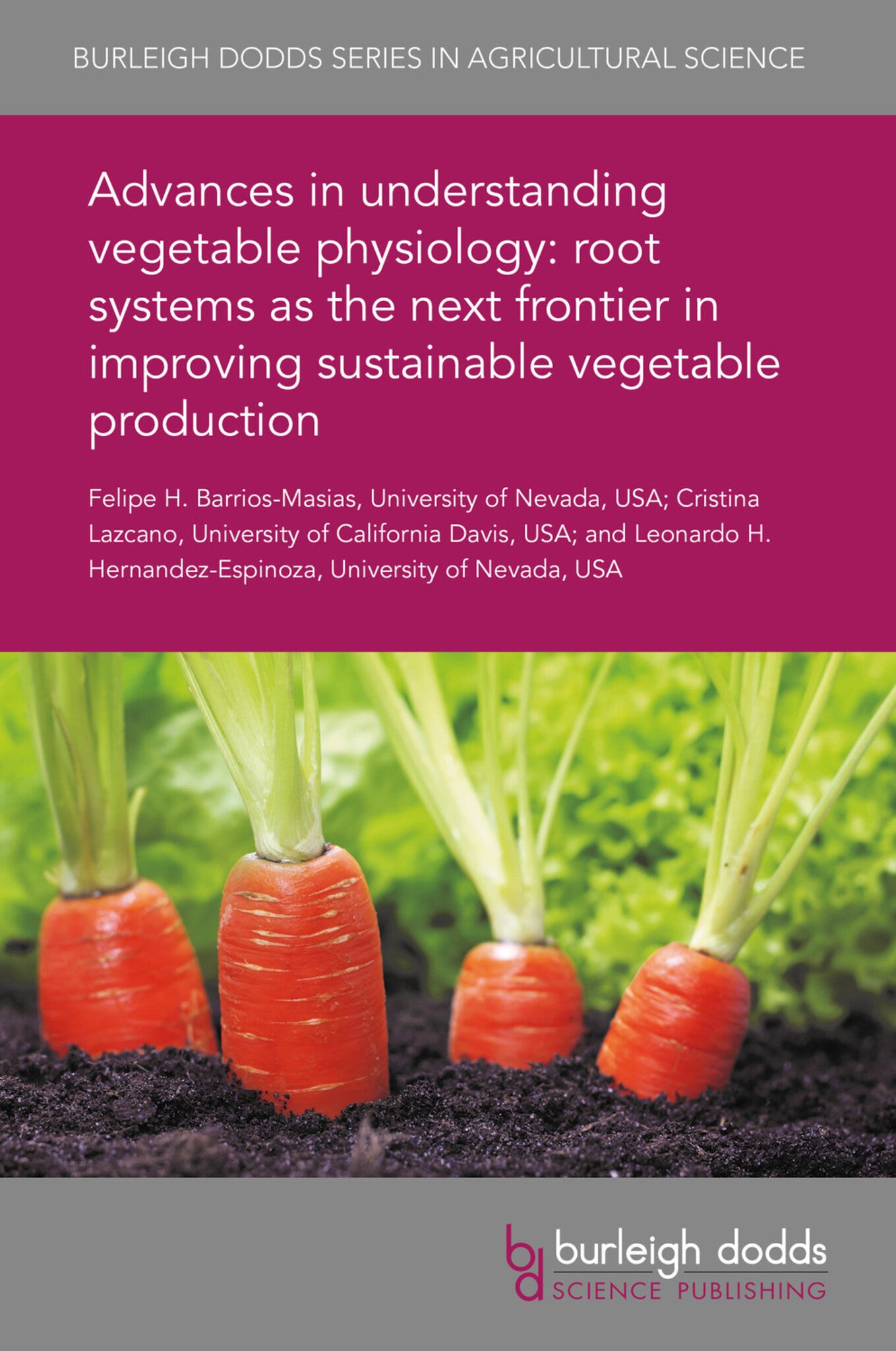We're sorry. An error has occurred
Please cancel or retry.
Advances in understanding vegetable physiology: root systems as the next frontier in improving sustainable vegetable production

Some error occured while loading the Quick View. Please close the Quick View and try reloading the page.
Couldn't load pickup availability
- Format:
-
08 May 2019


SCIENCE / Life Sciences / Horticulture, Commercial horticulture, TECHNOLOGY & ENGINEERING / Agriculture / Agronomy / Crop Science, TECHNOLOGY & ENGINEERING / Agriculture / Sustainable Agriculture, Sustainable agriculture, Agronomy and crop production

1 Introduction 2 Roots and the effective use of resources 3 Roots for sustainable water management 4 Roots for sustainable nutrient management 5 Root biological traits for improved nutrient and water uptake 6 Roots and their role in other abiotic stresses 7 Future trends 8 Conclusion 9 Acknowledgements 10 Where to look for further information 11 References



